When you are working from home for a stretch of as long as 10 hours a day, for over 3 months, you need a good pair of headphones. Not because it is a “need” but because, sometimes, the “want” graduates to a higher level of need.
With a lot of good choices around, the confusion is but understood. But considering the factors that I had on my mind, I bought myself the Sennheiser HD 350BT. And, yes, the recommendation from my colleague had a role to play in the purchase decision. Thank you, Narissa, for the recommendation, and The Sound Factor (special thanks to Milind and Loknath), for shipping it to me.

Here’s my detailed review:
The Background
The headphones are the newer siblings of the outgoing (outgone?) Sennheiser 4.40BT NC headphones. And for the price, the newer sibling comes out—about 2.5K INR cheaper than the current price—I wasn’t expecting the company to provide NFC for pairing. Not because the company cannot do it, but it doesn’t make sense to add an extra feature if it doesn’t add significantly to the overall value. The truth is that to sell the product (or any product), you have to either reduce the price or increase the value proposition. In this case, Sennheiser has gotten rid of the non-essential features, reduced the price, and given us a more rounded value proposition.
The Contents
In the box, you get the headphones, the charging cable, and the documentation.
The Build Quality and Ergonomics
I’d begin with talking about the oblong earcup sizes: they are millimeter-on-millimeter perfect for my ears, but might not suit everyone’s ears. It seems that the company has taken the economic approach for even the earcup sizes. The removable cushioning on the earcups is on the softer side. I would’ve liked a bit more padding.

The headphones are made almost entirely out of plastic—including the extension and hinges. That is good for two reasons: it keeps the cost in check and reduces the weight on your head. The clamping force isn’t bothersome for my head size, and the underside of the headband has semi-soft padding. So, wearing it for long(er) duration—I assume—wouldn’t be a problem.

All buttons are placed on the right ear cup. While I like the tactile feedback on the volume rocker, I dislike the multi-function button’s feather-touch mechanism. You can move it back and forth and press it. Even when I intended to press the button, a slightest of lateral movement would change the song. They could have provided one more button; I’d be OK with it. But, I did get used to the overall placement rather quickly.
There is a dedicated button for the voice assistant, which adds a nice/needed feature based on how much you use it. Since I will be at my work desk on most occasions when I wear these headphones, this will hardly add any convenience to me.

I wouldn’t call these headphones “cheap,” even if those may be one of the cheapest from Sennheiser. I don’t know if I’d ever go out to buy a pair of headphones that expensive ever again. First, I’d use those only for work. Second, a heapdhone is a tool—a means to an end. Had I been into gaming or media production, I’d have happily invested in a more expensive, better made, or feature-packed one.

Overall, it is a nicely built pair, which isn’t brittle and doesn’t creak or squeak when you pick it up to wear.
The Battery Life and Connectivity
Full charging takes about a couple of hours. And because these come with a 300 mAh battery life of up to 30 hours, I assume I might have to charge it, at the maximum, twice a week.

In terms of the sound codecs, the Sennheiser HD 350BT support SBC, AAC, AptX, and AptX Low Latency for stable connection and near-perfect audio-video synchronization. For me, the icing on the cake is the Bluetooth 5.0 connectivity, so it works very well with my MacBook Pro. Yes, there is a lag when I move into another room, but the connection remains rock-solid, nonetheless.
The headphones come with a USB-C connection, and you get a sufficiently long USB-A to USB-C cable in the box for charging. This is a handy addition considering most people use phones with the same port. So they wouldn’t need to carry an extra cable.

There are two microphones on the right earcup. In my testing, I found that they not only suppressed the background noise but also amplified my voice. While this may sound like a value proposition, the resulting voice sounded fake or raspy. Besides, this model does not have Active Noise Cancellation (ANC); all you get is passive noise isolation.
Usually, one doesn’t get to know how their voice sounds. ince the two microphones amplify my own voice, I can listen to what or how I speak as I speak. In my semi-quiet home, the amplification will aid me in meetings.
The Sound Quality (Music and Phone Calls)
The sound doesn’t leak through much even when I listen to thumping numbers at over 75% volume levels. Given that I have a noisy ceiling fan, it is all the more inaudible. Even at their full volume, the headphones don’t irritate me. The notifications, such as “Power On,” “Pairing,” or “Connected,” sound more natural because the basic volume level on this pair is a bit muted. So, you might have to do some tweaking once you connect it.

As for the sound, I found these to be a bit lean toward the Bass. Now, I am not an audiophile, but the low and mid-range did stand out. The higher frequencies lack the liveliness and spark. So the sound signature doesn’t leave a lasting impression. Perhaps, companies cut corners in places ever so slightly unnoticeable.

Overall, the sound quality is good because most people talk and listen within the low and mid-range. And only for those who love listening to music for a long time will need to tweak the sound equalizer settings. Which, if and when required, will be minimal.
The Improvements
- Sennheiser, despite what headphones you manufacture and for whatever price range, you need to give a 3.5mm headphone jack for those “just in case” contingencies. This is a serious miss. You could also have provided the audio pass-through via the USB-C to USB-A cable, but that option, too, isn’t there. The cable only charges. The other side of this miss is that, unlike other headphones, I cannot use the headphones via the 3.5mm cable in case of insufficient charge.
- The earcup padding could have been a bit better. And the earcups themselves could have been a bit larger for more massive ears. It isn’t a bummer, of course.
- I’d have loved to see features like auto-pause. Some of the wireless earphones that come for half its price have that feature. For example, the OnePlus Bullets wireless earphones.
- There are much cheaper headphones that you can pair to more than one device at a time. Of course, there are issues with those headphones. For example, the volume level of one device affects the volume level of the other device. So, when you receive a notification on one and are listening to something on the other device, the volume levels change automatically. These are known use cases, and I expect a company like Sennheiser to deal with those, should it decide to include such a feature.
- You don’t get a carry pouch. The other brands and products in the same price range, such as the Skull Candy Venue, do give. The analogy of an iPhone perfectly fits the overall package for the headphones: at a specific price, you get a much-loaded package from other brands. For the same price, you get an iPhone. Similarly, at this price range, and for a combination of the features listed, you get “Sennheiser headphones.”
- The Sennheiser Smart Control application is worth staying away from. It takes ages to connect, then the equalizer has a learning curve (pun intended) of its own.
The Takeaway
The headphones definitely win my recommendation since they do the job they are supposed to do—or, at least, do the job I bought those for. For a combination of the price, the features, the connectivity, the sound signature, and the ergonomics and comfort, this is undoubtedly a product worth considering.
Loved the post? Share it.







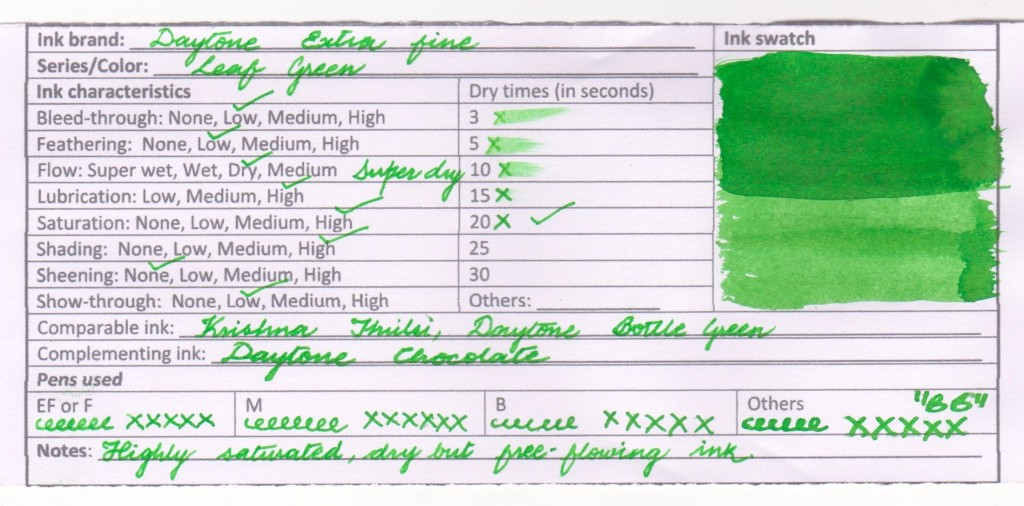











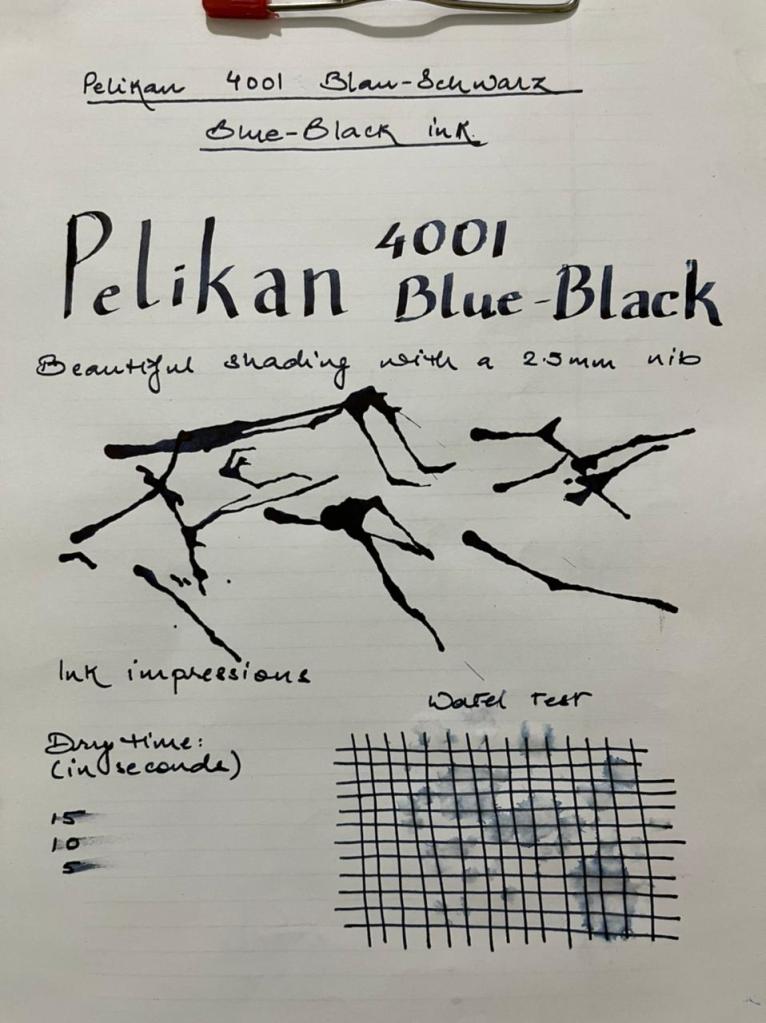
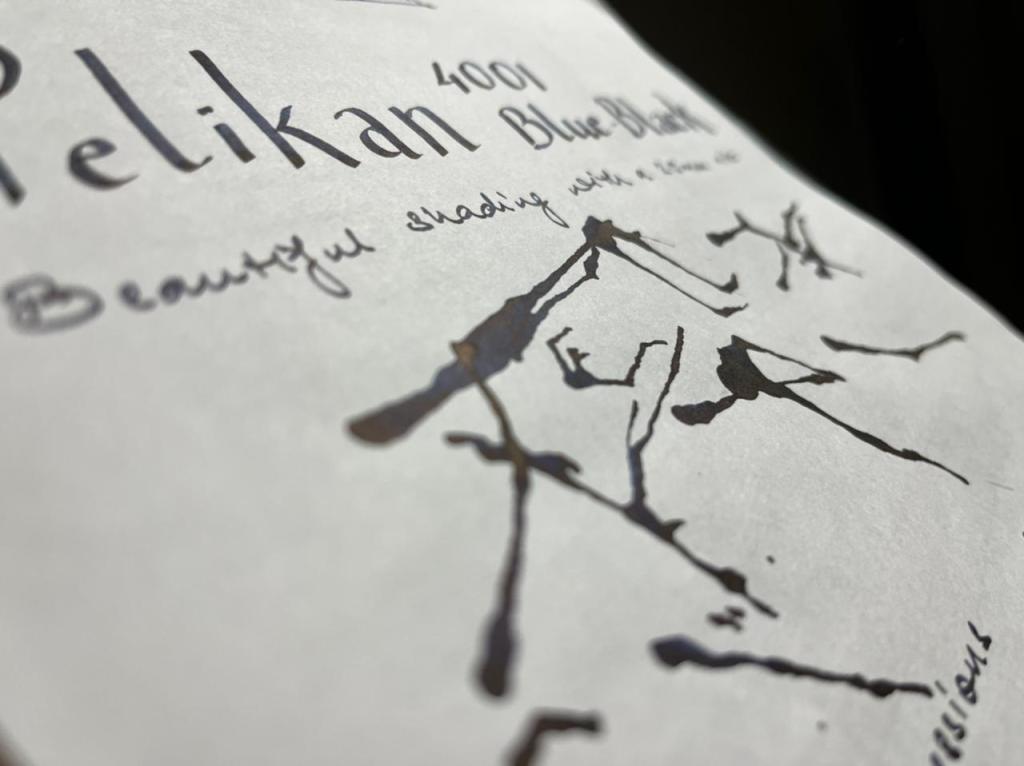
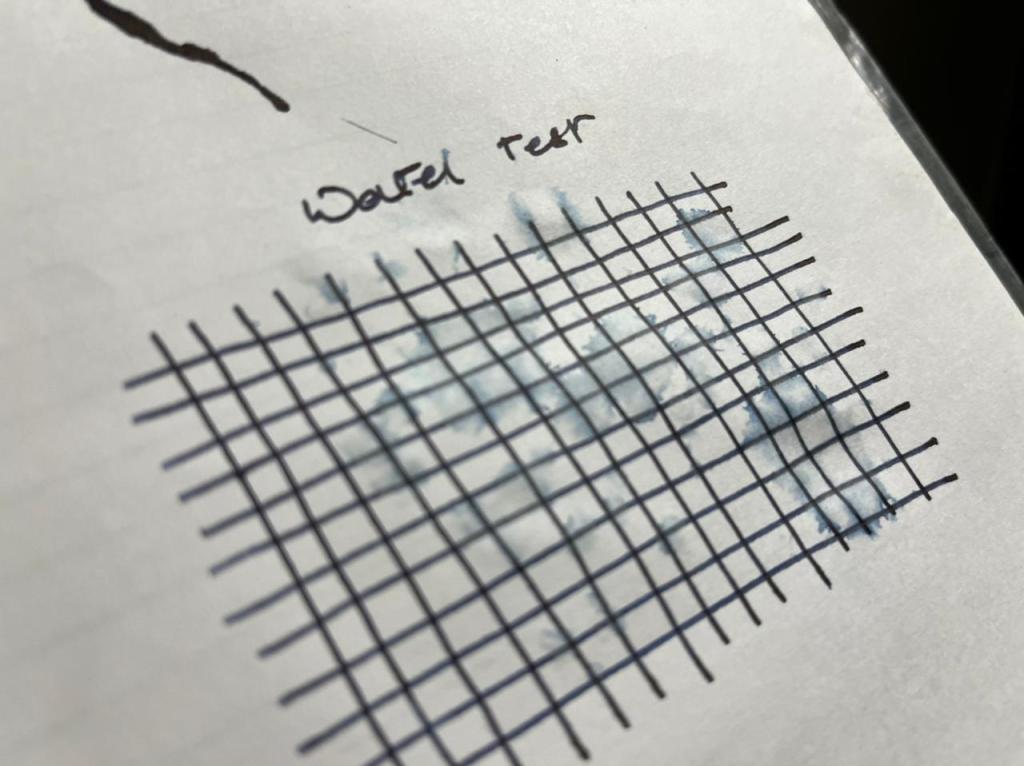


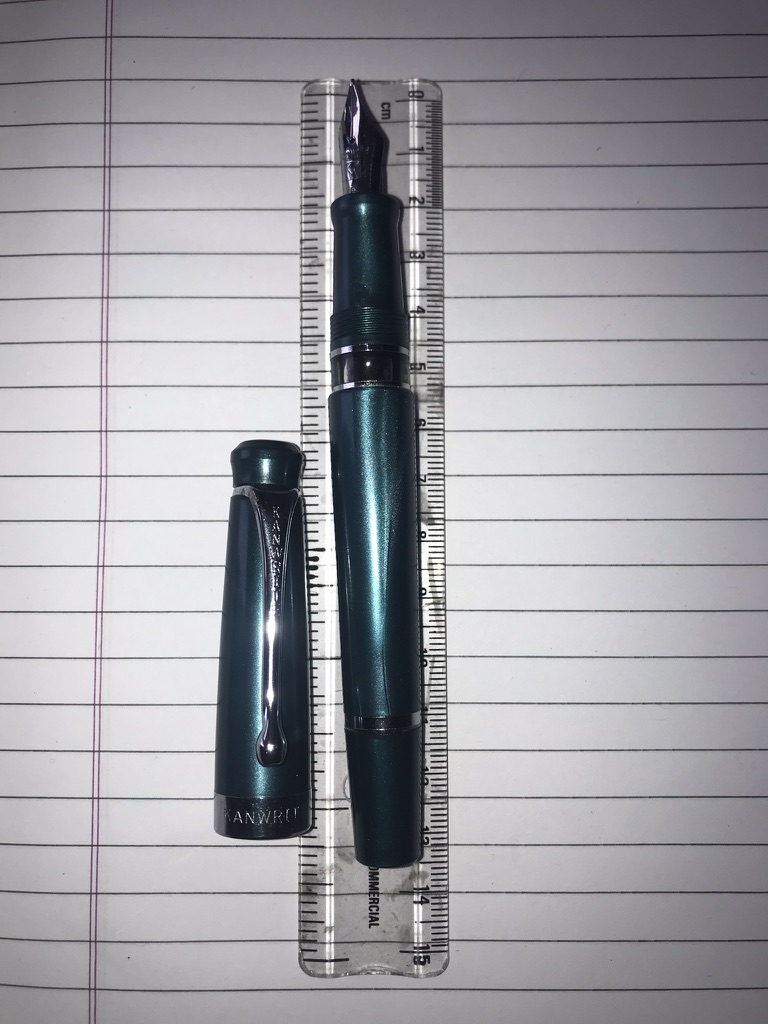





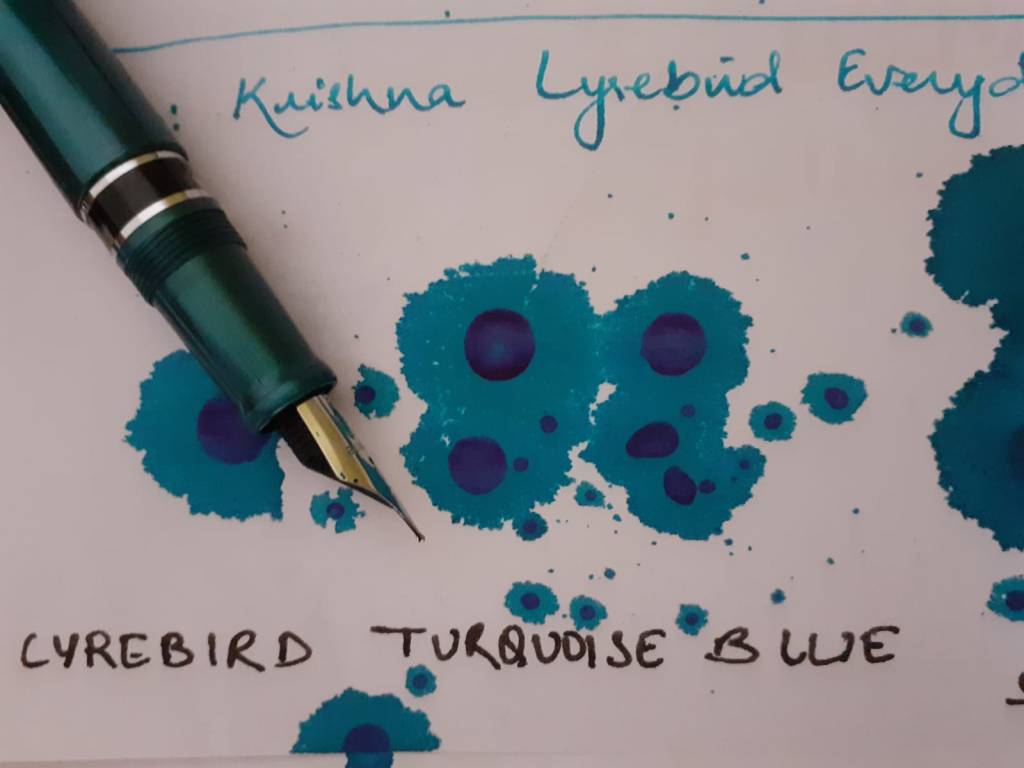

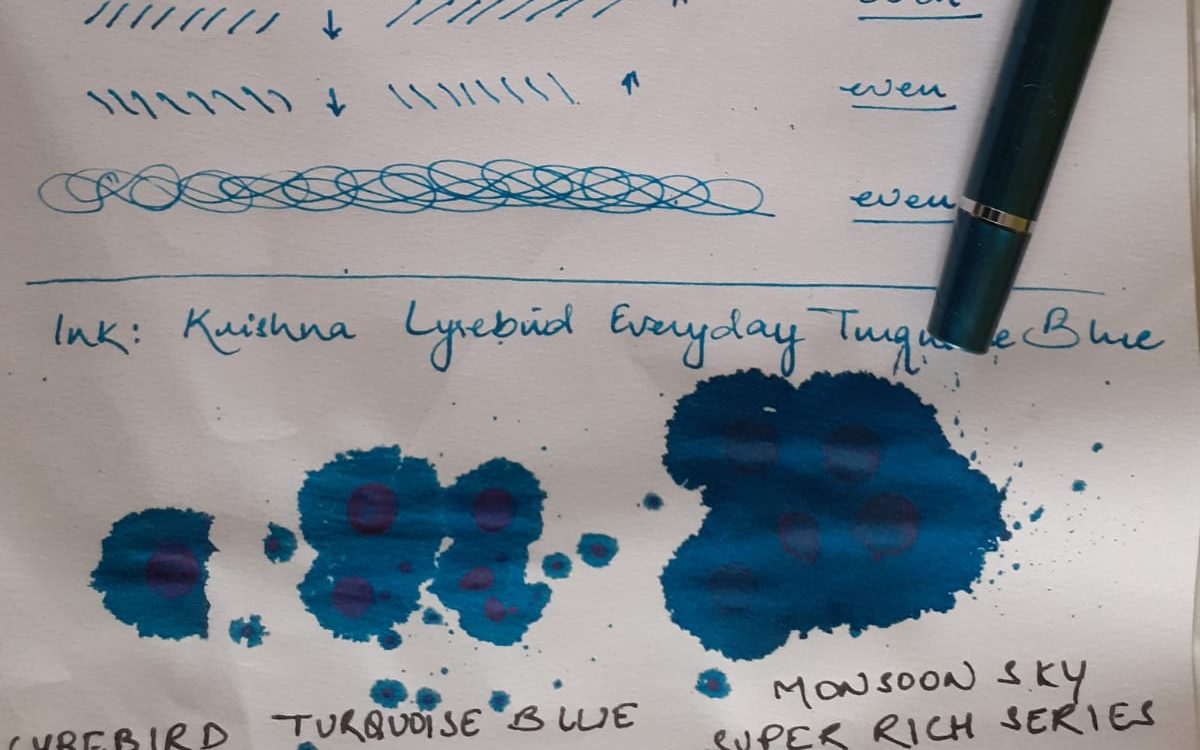







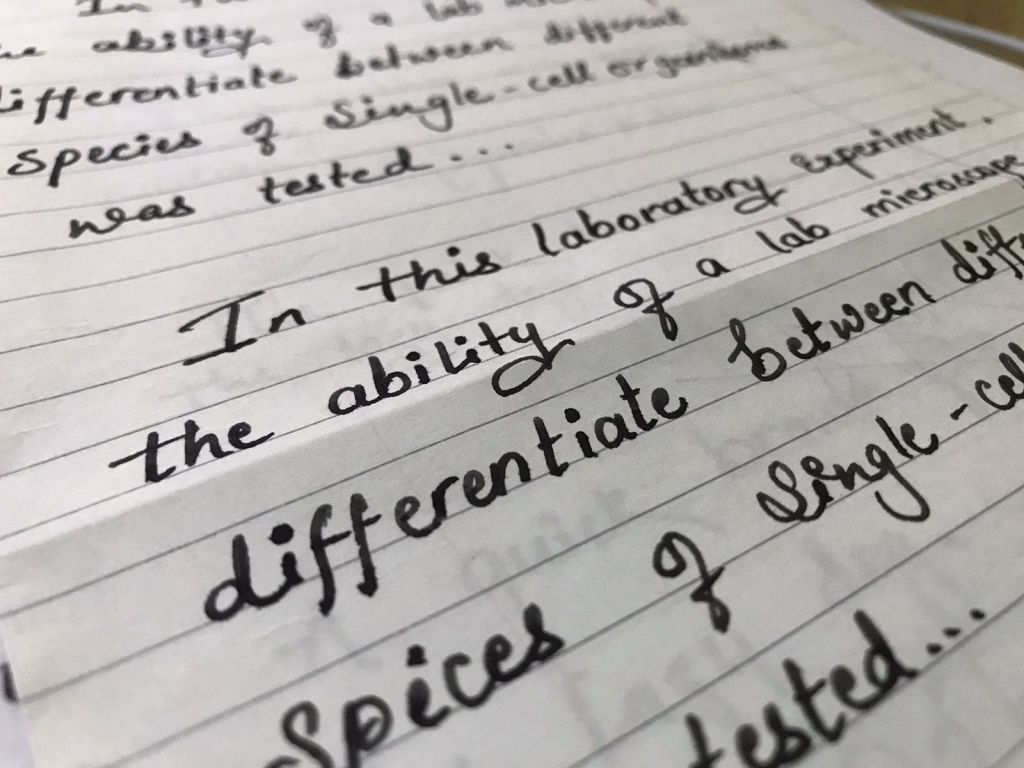














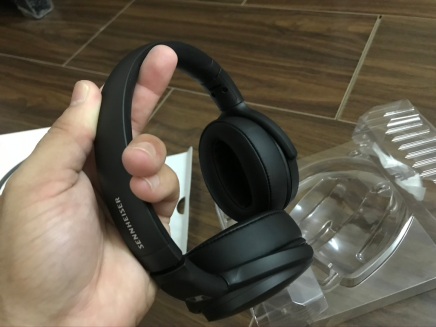








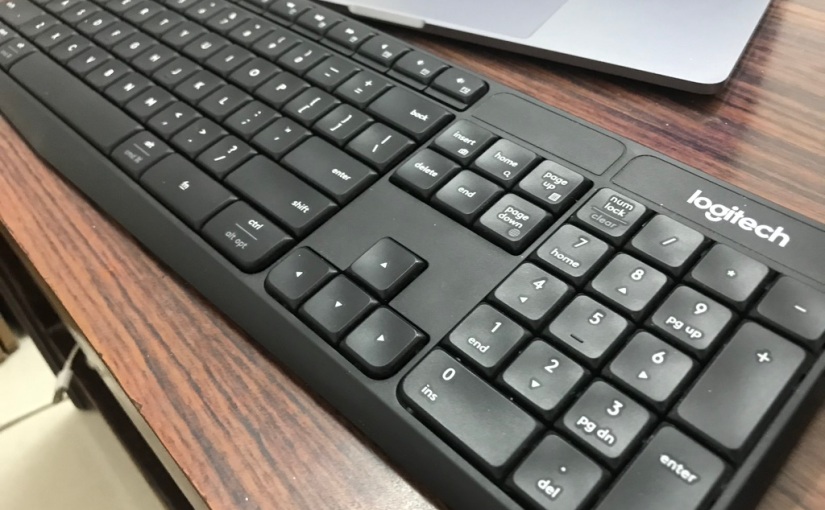



















You must be logged in to post a comment.